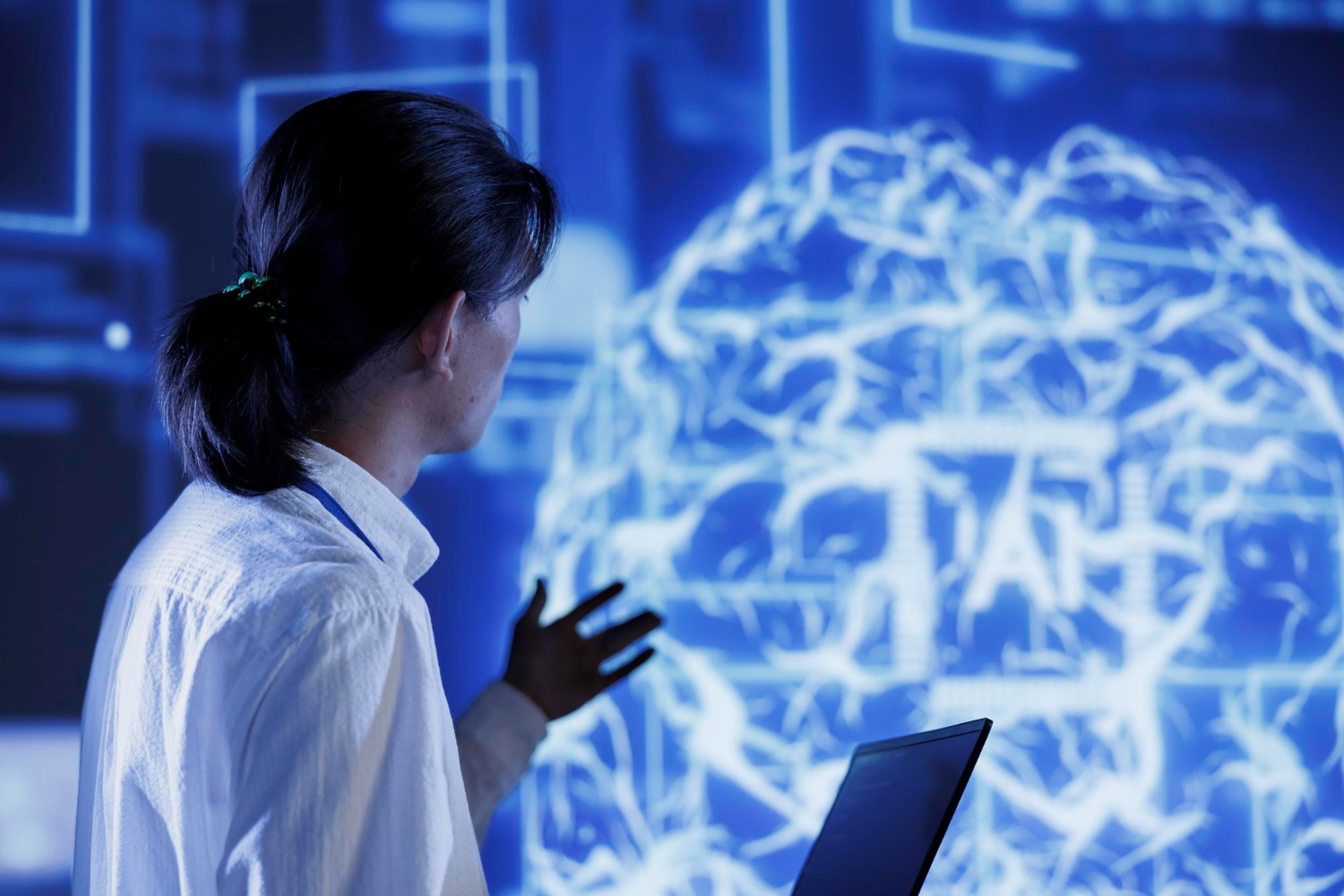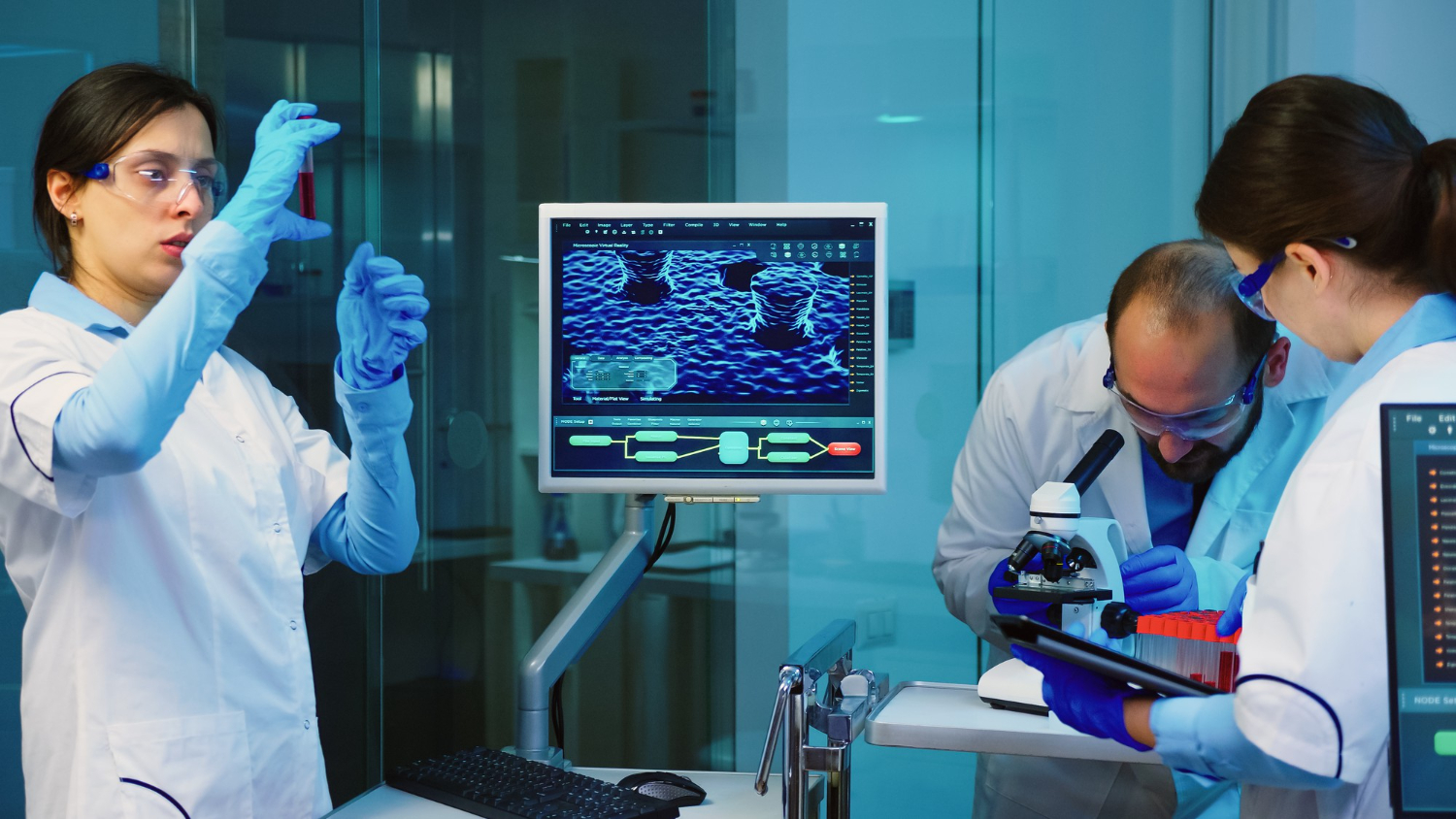Introduction
In the modern digital world, the ability to detect plagiarism has become increasingly important. With so much content being produced every day, the need for efficient plagiarism detection tools is critical for maintaining originality. From academic papers to business content and social media posts, ensuring the authenticity of written material is now more accessible with the help of advanced tools powered by technology.
Plagiarism detection systems have evolved from simple word-matching to more sophisticated methods that can identify reworded or paraphrased content. Whether checking a research paper or a social media post, plagiarism detection tools now offer real-time scanning to ensure that content remains original.
How Plagiarism Detection Works
At the core of modern plagiarism detection systems is Natural Language Processing (NLP), which enables the software to understand not just the words, but the meaning behind them. This allows these tools to detect similarities between different pieces of content, even if they are not exact matches. For example, a plagiarism detection system can identify when a passage has been paraphrased or when an idea has been reworded but still closely resembles another source.
These systems often have access to extensive databases, including academic papers, websites, and online publications. They scan through these databases, looking for matches between the content being checked and previously published material. If a match or close similarity is found, the system highlights the areas for further review.
Real-Time Plagiarism Detection
One of the main advantages of modern plagiarism detection tools is their ability to operate in real time. This means that as users are writing or submitting content, the tool can instantly scan for potential plagiarism. This feature is especially useful for students, researchers, and content creators who need to ensure their work is original before submission.
For businesses that frequently publish content, real-time plagiarism detection can prevent potential issues before they arise. It’s easier to maintain an original voice across different platforms, whether it’s a blog, social media post, or a research report. By catching any instances of duplicate content early, the organisation can ensure its reputation remains intact.
Plagiarism Detection for Social Media and Online Content
Social media platforms are filled with vast amounts of content, much of which can be replicated or copied from other sources. Plagiarism detection tools help companies and individuals ensure that the content they publish remains original. This is essential for maintaining credibility and building a trusted brand presence online.
With a quick scan, businesses can verify that their posts are unique, avoiding the pitfalls of inadvertently publishing duplicate content that could damage their reputation. This also helps businesses stay competitive, as originality is crucial in standing out from the crowd on social media.
Preventing Unintentional Plagiarism
Plagiarism isn’t always intentional. Many times, writers or students may unknowingly rephrase sections of text without realising that they are too close to the original. Plagiarism detection tools are valuable for highlighting these sections, allowing users to revise their work or include proper citations.
In academic papers, students often rely on external sources to support their arguments. By using a plagiarism checker, they can ensure that they’re not accidentally including copied content. This is especially helpful for avoiding unintentional plagiarism, which can still result in serious academic penalties.
For research papers, plagiarism detection is even more critical. Researchers are expected to present original findings, and any form of plagiarism, whether intentional or not, can discredit their work. By running their papers through a plagiarism detection system, researchers can ensure that their work meets academic standards and maintains its integrity.
Key Features of a Plagiarism Detection Tool
Plagiarism detection tools offer several key features that make them more advanced than traditional plagiarism checkers. These features include:
-
Wide Database Coverage: Modern plagiarism detection tools have access to extensive databases, including academic journals, research papers, websites, and more. This broad range of sources makes it easier to detect any instances of copied or reworded content.
-
Customisable Settings: Users can adjust plagiarism detection settings based on their specific needs. For example, certain sources can be excluded, or the tool can focus on detecting specific types of plagiarism, such as paraphrasing.
-
Detailed Reports: Plagiarism detection systems provide detailed reports that highlight any areas of concern. These reports make it easy to review and correct any sections that may need revision.
-
Integration with Writing Platforms: Many plagiarism detection tools are now integrated with writing platforms such as Google Docs and Microsoft Word. This allows for seamless checking as users write, reducing the chances of submitting work with accidental plagiarism.
-
Free Online Tools: Many basic plagiarism checkers are available online for free. These tools offer simple features that allow students and writers to check smaller pieces of content quickly. However, advanced plagiarism detection tools offer more comprehensive checks and better accuracy.
Plagiarism in Research and Academia
In academic settings, maintaining originality is paramount. Universities and research institutions often have strict rules regarding plagiarism, and any violations can lead to serious consequences. As a result, researchers and students rely heavily on plagiarism detection tools to ensure that their work meets academic standards.
Modern plagiarism detection tools are particularly useful in academia because they can scan large bodies of text quickly. Whether it’s a dissertation, a research paper, or an academic journal submission, these tools provide a thorough analysis of the content, checking against a vast array of sources to ensure originality.
For universities and academic institutions, investing in reliable plagiarism detection software is critical to maintaining academic integrity. By using advanced tools, these institutions can ensure that students and researchers are producing original work.
The Role of Technology in Detecting Different Forms of Plagiarism
Plagiarism can take many forms, and technology helps in detecting a wide variety of them. Some of the most common types include:
-
Direct Copying: This is the simplest form of plagiarism and involves copying text word-for-word from another source. Plagiarism detection tools can easily identify this type of plagiarism by scanning for exact matches in their database.
-
Paraphrasing: Many writers think they can avoid plagiarism by simply rewording someone else’s work. However, modern tools can detect paraphrased content by comparing the structure and meaning of the text, even when the wording is changed.
-
Translational Plagiarism: Sometimes, content is copied from one language to another without proper attribution. Advanced plagiarism detection tools can identify content that has been translated, thanks to the capabilities of natural language processing.
-
Generative Content: With the rise of tools that create content automatically, such as generative models, plagiarism detection is more important than ever. Technology can detect when content is generated from existing sources, ensuring that any generated text is original.
Generative AI has played a significant role in improving plagiarism detection systems. A modern plagiarism detector uses advanced technology, including deep learning, to identify duplicate content across various platforms. These systems can scan vast databases, including search engines, to detect similarities.
A robust plagiarism tool is essential for ensuring content originality. The way a plagiarism checker works is by comparing text against massive datasets, allowing it to check for plagiarism efficiently. Whether it’s for specific tasks like checking academic papers or articles, users can benefit from free online plagiarism checkers powered by artificial intelligence AI.
Plagiarism Detection in Business and Online Content
For businesses, ensuring originality in their content is vital for maintaining credibility. Whether it’s blog posts, articles, or website content, plagiarism detection tools help businesses maintain their reputation by ensuring that all content is unique.
Businesses can run their content through plagiarism detection tools before publishing, ensuring that they are not inadvertently duplicating someone else’s work. This is especially important for companies that produce a large volume of content regularly.
Conclusion
Plagiarism detection has evolved into a sophisticated process, thanks to advancements in technology. With tools capable of checking in real time and understanding the meaning behind words, it’s easier than ever to ensure that your content remains original. Whether you’re writing an academic paper, creating online content, or managing a business, plagiarism detection tools are essential for maintaining credibility and originality. TechnoLynx offers the latest plagiarism detection solutions, helping organisations and individuals produce original, high-quality content.
Continue reading: AI Smartening the Education Industry
Image credits: Freepik













